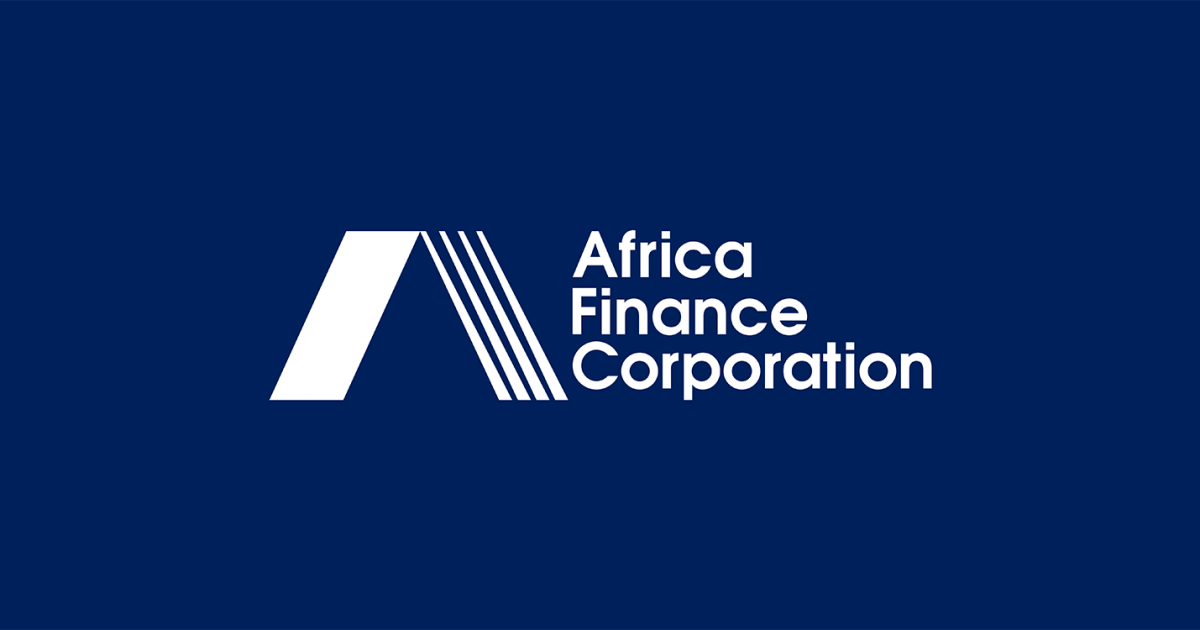Nigeria must triple the size of its national fibre-optic backbone to achieve its broadband targets and keep pace with surging digital demand, the Africa Finance Corporation has warned.
In its State of Africa’s Infrastructure Report 2025, the AFC identified digital connectivity as a critical bottleneck in Nigeria’s infrastructure landscape, cautioning that without urgent action, millions of Nigerians risk being left behind in the digital economy.
At the heart of the challenge is the country’s limited fibre footprint. As of 2024, Nigeria has laid approximately 35,000 kilometres of fibre-optic cable, far short of what is needed to deliver fast, affordable internet nationwide.
In response, the government has embarked on an ambitious plan to expand the network by 90,000 kilometres, aiming for a total length of 125,000 kilometres within the next three to five years.
Once completed, this would position Nigeria as having the third-largest terrestrial fibre backbone in Africa, behind only South Africa and Egypt.
The project is a cornerstone of Nigeria’s National Broadband Plan (2020–2025), which sets out to achieve 70 per cent broadband penetration by 2025 and ensure coverage of at least 90 per cent of the population at a minimum speed of 10 Mbps.
But infrastructure alone isn’t enough. The AFC report draws attention to the high cost of powering telecom operations, particularly in rural and underserved areas.
Nigeria’s current internet penetration stood at 48.15 per cent in April 2025, up slightly from 47.73 per cent in March, according to data from the Nigerian Communications Commission.
Telcos consume over 40 million litres of diesel each month, driving energy costs above $350m annually. In off-grid locations, where the national power supply is unreliable or non-existent, operators rely almost entirely on diesel generators.
“Rural base stations can cost up to 37 per cent more to power than their urban counterparts due to diesel dependency, security issues, and difficult terrain,” the report noted.
The AFC warned that unless more sustainable power solutions are adopted, energy costs could undermine efforts to deliver inclusive connectivity across Nigeria.
“To bridge Nigeria’s digital divide, there must be coordinated investment in fibre infrastructure, smart regulation, and the rapid adoption of scalable and sustainable energy solutions,” the report further stated.
Among the AFC’s recommendations is the use of Telecom Energy Services Companies, specialist firms that deploy and manage hybrid power systems for telecom towers.
These systems, which combine solar energy with battery storage or diesel backup, reduce costs and ensure a consistent power supply, even in off-grid environments.
Some operators are also exploring liquefied petroleum gas as an alternative fuel where solar use is limited by climate or land constraints.
The report also highlighted the role of infrastructure sharing in reducing costs. Tower firms such as IHS Towers and American Tower Corporation have enabled mobile operators to co-locate equipment on shared infrastructure, significantly lowering capital and operational expenditure.
“Infrastructure sharing has proven to be one of the most effective strategies for reducing the cost of rural network rollout and maintenance,” the AFC noted.
With Africa requiring at least $7bn annually in digital infrastructure investment, Nigeria is positioned as a key player due to its large population, high data consumption rates, and expanding digital services sector.
While the ongoing fibre rollout marks a bold step towards meeting broadband targets, the AFC cautioned that sustained investment, energy reform, and policy consistency will be essential to transform the country’s digital potential into reality.
“Bridging Nigeria’s digital divide will require more than just cable in the ground; it demands an ecosystem approach that includes reliable power, affordable access, and regulatory support,” the report concluded.
